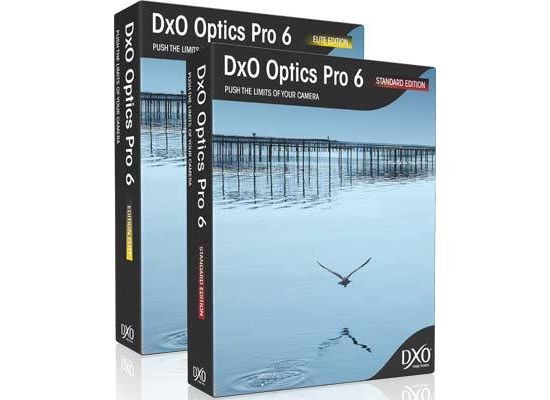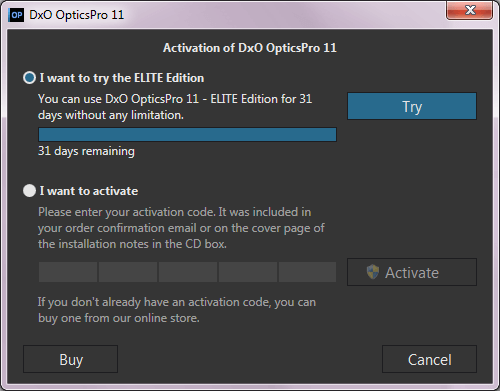
- #Dxo optics pro review how to
- #Dxo optics pro review full
- #Dxo optics pro review software
- #Dxo optics pro review iso
#Dxo optics pro review iso
You can compare the before, HQ Fast and PRIME results in the crops of the preview window below for images shot at ISO 6400 and ISO 102,400, respectively.įrom top to bottom: Original (no NR) HQ Fast PRIME 2016. The first noise-reduction choice, HQ Fast is the only option for JPEG images, and while it works on Raw files, fine details are softened during the denoising process. If you’re working on a critical image, it might be a good idea to export some tests to see how the effect looks over a larger area. Then, if needed, adjust the Luminance, Chrominance, Low frequency and Dead pixels slider shown underneath the preview window. However, you can check small areas of the image in the Preview window to assess the processing by clicking on the small magnifier icon to the right of the PRIME button and moving the rectangle over the portion of the image you want to look at in more detail.
#Dxo optics pro review full
Because of the intensity of the process, noise reduction won’t be applied to the full image until the file is exported. Then press the PRIME button to start the denoising process. In the right-hand Essential Tools list, click on Noise Reduction. Open a Raw image and move to the Customize mode. Download the modules once and you’re good to go except when you introduce an image with a different set of gear. However, be sure to enable “Automatically show the DxO Optics Module download window.” This function gives you the option of downloading data for the camera/lens combination used for images loaded in the filmstrip at the bottom of the screen.

Initially, it’s best to uncheck the automatic application of presets. When you first open OpticsPro 11, go to DxO OpticsPro 11>Preferences.
#Dxo optics pro review how to
Here’s a quick walk through getting started with OpticsPro 11 and how to work with PRIME. DxO claims PRIME processes up to four times faster than the previous version, and, yes, it’s fast. PRIME 2016 has been improved in a number of areas, including smoother bokeh transitions, better details in shadow areas, and more faithful rendering of original colors. While there are a number of options to deal with image noise, DxO PRIME is especially effective at minimizing noise while maintaining details. Today’s cameras can handle low light/high ISO conditions better than ever before, but high ISO image noise is still an issue, and images captured at high ISO with older cameras are in need of a helping hand.


#Dxo optics pro review software
Essentially, the software analyzes the image for similarities among pixels and, when that phase is completed, it utilizes that information to differentiate noise from fine details in order to process the image. As the name implies, PRIME denoising is available only for Raw images.

OpticsPro software has always been known for its noise reduction capabilities, which DxO calls PRIME (Probabilistic Raw IMage Enhancement). The DxO suite of tools uses the analysis of the imaging characteristics of camera equipment to correct any inherent flaws in images generated by the sensor or lenses used.ĭxO OpticsPro 11 is the newest iteration of the company’s image-enhancing suite, and it comes packed with a variety of tools to correct problems found in more than 30,800 combinations of lenses and cameras and to perform detailed image editing. That information is not gathered for consumer information but to power its image-editing software. DxO is best known for, a website that publishes a vast database of quantitative measurements for thousands of lenses and cameras.


 0 kommentar(er)
0 kommentar(er)
